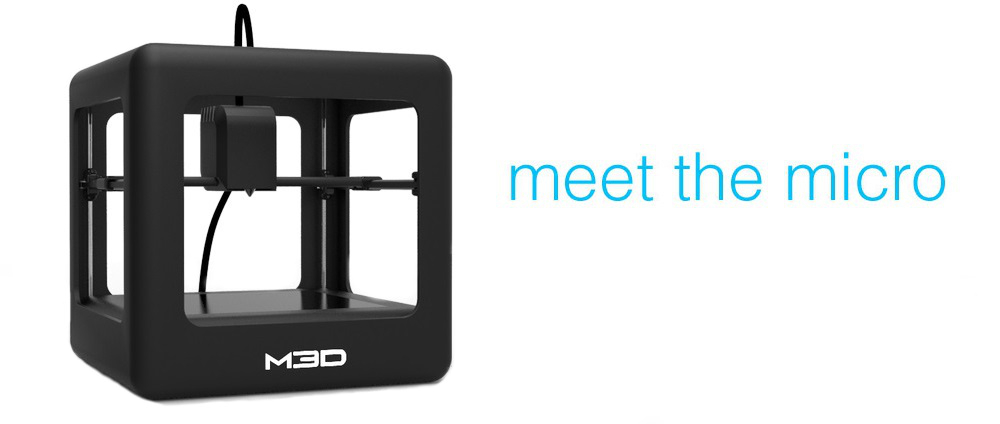It used to be that to spend USD$500 on a 3D printer, you’d expect to receive a bag of parts and spend your time building it yourself. Not so anymore – or not?
A year or two ago, the pricing of personal 3D printers went something like this:
- USD$300-600: Gets you a kit of basic quality and function that you would build yourself
- USD$1000-2000: Gets you an assembled basic 3D printer or a DIY kit that has a lot more features
- USD$2000+: Gets you a top-class, assembled 3D printer that more-or-less works out of the box
This has changed significantly, specifically with the introduction of several low-priced entrants such as Pirate3D, who make the USD$497 Buccaneer, the USD$300 Micro 3D and the USD$499 da Vinci from XYZ Printing. There are other low priced examples as well, and we expect many more to emerge.
These new breed of personal 3D printers are fully assembled and theoretically work right out of the box. They offer only basic functionality and miss features such as ABS printing capability with a heated bed, dual extruders or fancy color control panels. But they do work.
Our question is, will they succeed? Here’s some thoughts:
- Is the price too low? Will the companies produce enough revenue to survive and thrive against competitors flush with cash from their higher-priced options?
- The machines are low cost by design and may use lesser components internally, but will they be sufficiently robust and reliable to survive a tough consumer market?
- Will an increasing number of low-cost entrants drive the price even lower through competition, increasing the odds of the previous points happening?
- If the low cost option really catches on with the public, will these companies be capable of producing potentially millions of units on short notice to supply demand?
We don’t know the answers. But we’re watching to see what happens.


